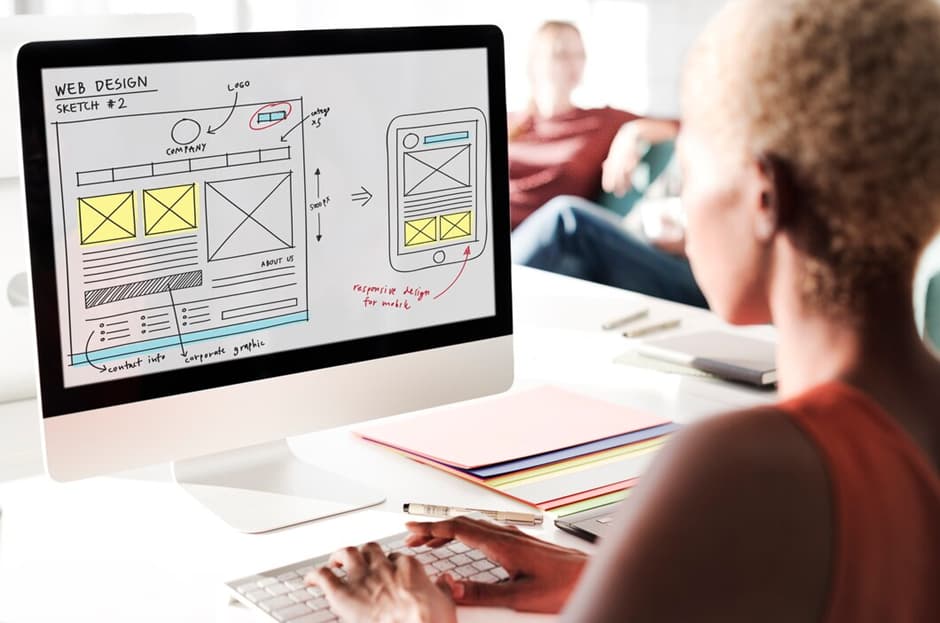In the ever-evolving world of web design, animation has become a powerful tool for creating visually engaging and interactive experiences. As user expectations grow, static web pages no longer suffice; visitors now seek dynamic interactions that captivate their attention. But effective animation is more than just a trend—it requires a strategic approach to ensure it enhances rather than detracts from the user experience. In this article, we’ll explore the role of animation in modern web design, how to integrate it thoughtfully, and the best practices to follow for a seamless user journey.
Why Animation Matters in Web Design
Animations can transform a basic web page into an immersive experience, making a site feel more intuitive and engaging. When used correctly, animations can guide users through content, highlight important features, and provide feedback in response to user actions. This is particularly important for keeping users engaged longer and encouraging them to explore the site more deeply.
For example, subtle animations such as a button that changes color upon hover or a loading icon can help create a sense of interactivity and responsiveness. This not only makes the website feel more professional but also helps establish a connection between the user and the interface. However, in industries like online entertainment and gaming, where user engagement is key, the strategic use of animations can be even more impactful.
Online gaming platforms, such as https://playfortune.net.br/, often use animations to create a dynamic and engaging user interface. These animations can help simulate the excitement of real-life gaming experiences, making online slots and casino games more immersive. Understanding how to balance such elements can help web designers create similar engaging experiences in other sectors, whether for e-commerce sites or content-driven platforms.
Types of Animation and When to Use Them
Understanding the different types of animation can help web designers choose the most suitable style for their projects. Here are a few popular animation types and the contexts in which they work best:
- Micro-Interactions: These are small animations that occur in response to user actions, like a heart button filling with color when clicked. Micro-interactions provide instant feedback, enhancing usability and creating a more intuitive user experience.
- Loading Animations: A well-designed loading animation can reduce the perception of waiting time by engaging the user while content is loading. This is particularly useful on content-heavy pages or applications where load times can be longer.
- Parallax Scrolling: This effect creates a sense of depth as users scroll through a page. It’s ideal for storytelling websites or portfolios where visual depth can make the browsing experience more immersive.
- Background Animations: These can add visual interest without distracting users from the main content. For example, a subtle animated gradient or moving particles can make a background more dynamic while keeping the focus on the foreground elements.
Integrating these animations thoughtfully into your website can boost user engagement and ensure a smooth flow of information. This approach mirrors how online gaming platforms maintain user interest with engaging visuals and smooth transitions, which can be explored through various design aspects seen in their platforms.
Best Practices for Implementing Animation in Web Design

While animations can elevate your website, using them effectively requires adhering to certain best practices to avoid common pitfalls:
- Prioritize Performance: Ensure that animations do not negatively impact page load times or the overall speed of your site. This involves optimizing files and choosing lightweight animation techniques, such as CSS animations instead of JavaScript where possible.
- Keep User Intent in Mind: Understanding the user’s journey on your site will help you place animations in ways that guide them naturally. For instance, using animations to draw attention to a call-to-action button can improve conversion rates, while using them to enhance navigation can help users find their way more easily.
- Subtlety is Key: Animations should be subtle enough to enhance user experience without becoming distracting. This means avoiding constant motion and ensuring that any animated elements serve a clear purpose, whether it’s guiding the user’s eye or providing feedback.
- Test Across Devices: Always test animations across different devices and browsers to ensure that they render smoothly. A mobile user’s experience can differ significantly from a desktop user’s, and animations should adapt accordingly to provide a consistent and enjoyable experience.
For those looking to enhance their site’s user interaction through bonuses and promotional elements, like those found in online gaming, https://playfortune.net.br/bonus/200-de-bonus-de-deposito/ demonstrates how special offers can be highlighted effectively through engaging animations, creating a sense of excitement for users.
When to Avoid Animation
As beneficial as animations can be, there are instances where their use may not be appropriate. Overloading a website with animations can lead to performance issues, making the site slow to load and frustrating users. Additionally, complex animations may not be suitable for all audiences, especially those who are using older devices or have limited bandwidth.
In some cases, minimalistic designs without animations can offer a more focused user experience, allowing visitors to concentrate on the content without distraction. It’s essential to assess the context of your website’s purpose and user base before deciding on the extent of animation to include.
Conclusion
Animation in web design is more than just a visual enhancement; it is a powerful tool for guiding users, creating memorable interactions, and adding life to a website. However, successful implementation requires careful planning and a focus on user experience. By understanding when and how to use different types of animation, designers can create websites that not only look great but also provide a smooth, enjoyable journey for every visitor. A well-designed website that incorporates thoughtful animation can significantly enhance user satisfaction and engagement, just as platforms in the online gaming industry strive to captivate their users.
